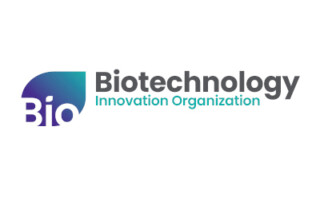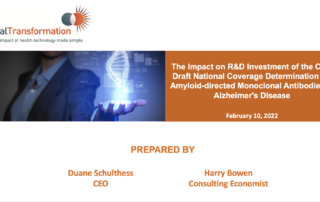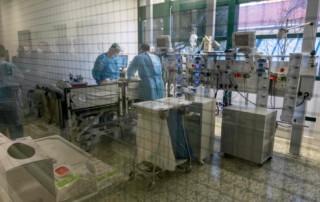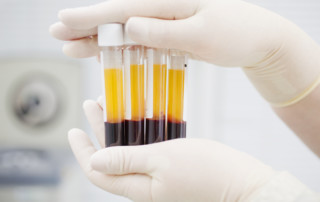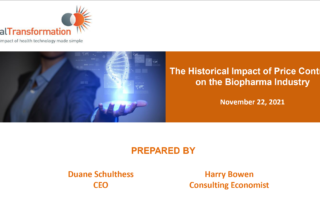BIO 2023: A Price Control Odyssey : The Inflation Reduction Act’s Effects on the Innovation Ecosystem
The Inflation Reduction Act (IRA) contains some of the most significant changes to prescription drug pricing, reimbursement, and access since the Affordable Care Act was enacted over a decade ago. A new study by Vital Transformation, a health care economics consultancy, looks at the economic impacts on the innovation ecosystem and access to new therapies, with a particular focus on drug discovery and rare disease. As the federal government implements the price control provisions of the IRA, biotech hubs like Boston, Massachusetts- home to a significant number of established and emerging biotech companies- will bear the brunt of those impacts as they manage R&D pipelines.
Panelists, amongst whom Duane Schulthess, CEO of Vital Transformation, will discuss the studies findings, and look at the chilling effects on venture funding, orphan drug impacts, and reduced treatments reaching patients.
Wednesday, June 7, 2023, 1:45 PM - 2:45 PM (EDT) - Session Room 254B (click Read More for the session link)
And if you can't attend the session but are keen to discuss this topic, come and visit the Vital Transformation booth at the BIO Exhibition, we're in booth 1180!

